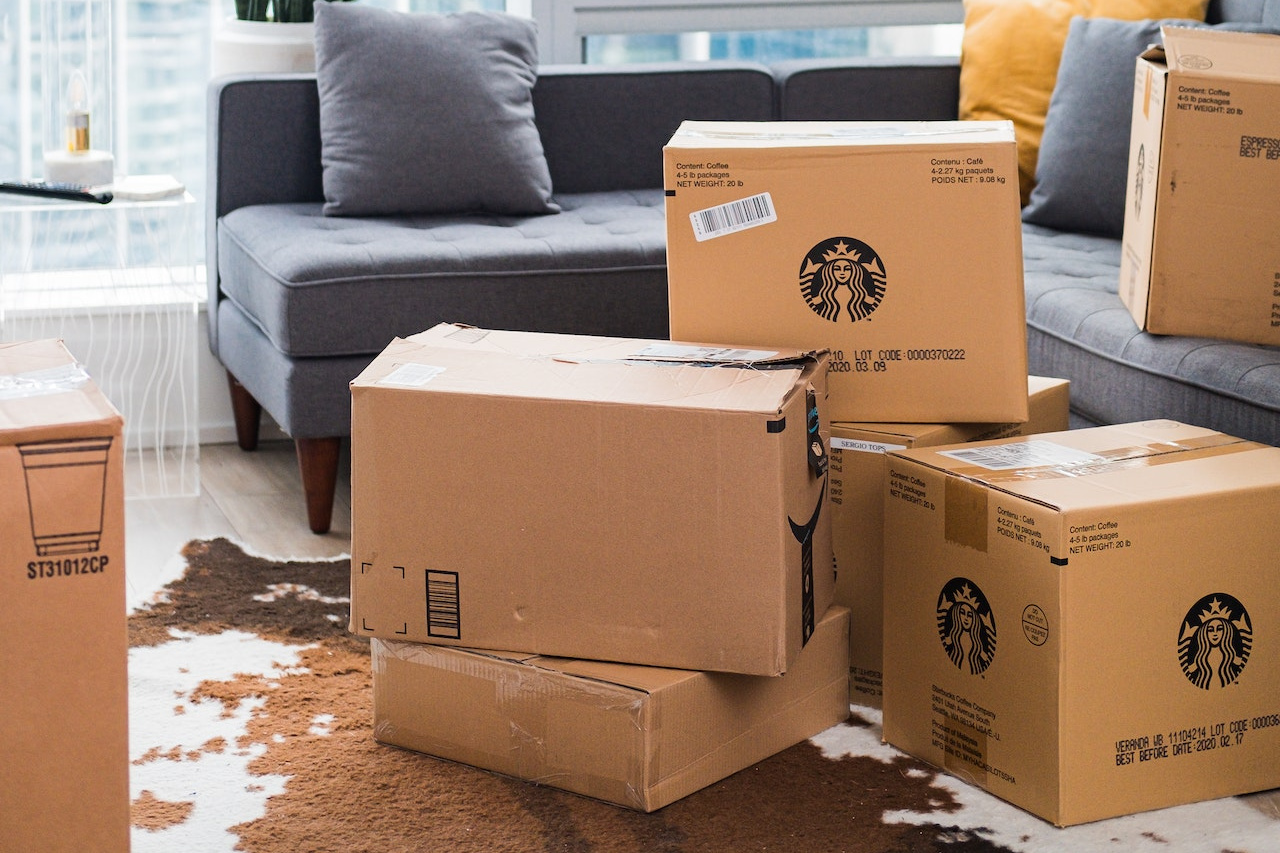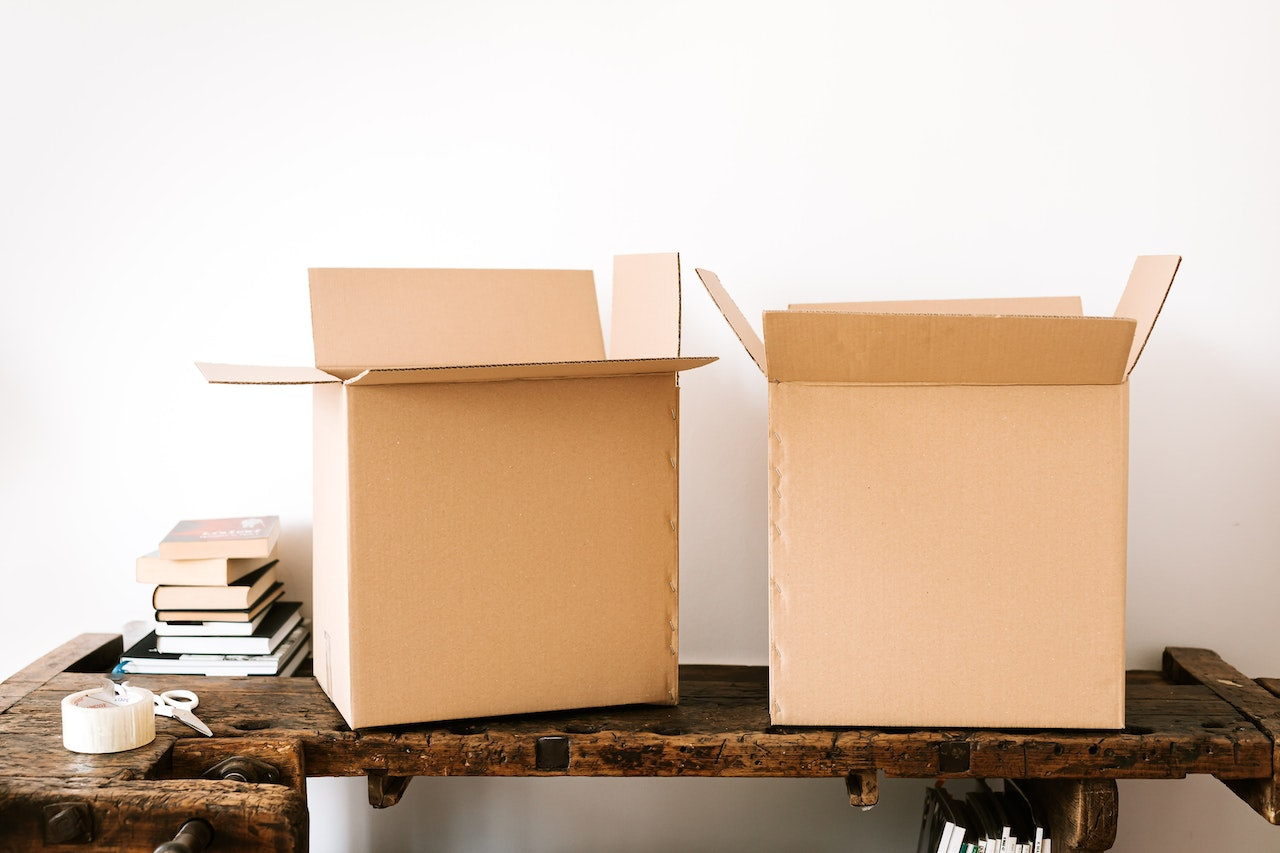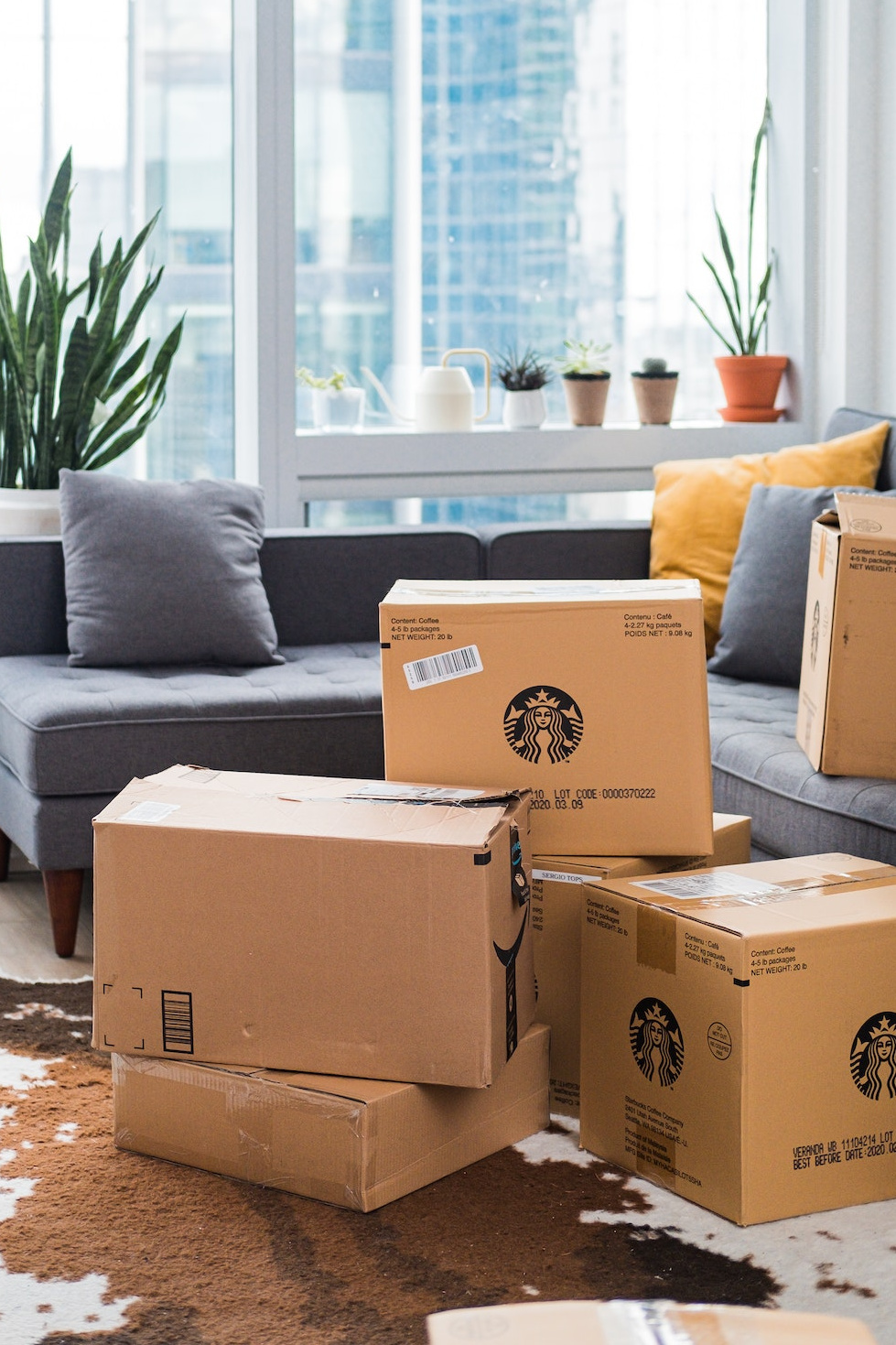
Moving homes is like starting a new adventure, but it can also feel like tackling a giant puzzle. Especially when you have those stunning, expensive floors that you absolutely don’t want to see scratched or damaged. Whether you’re rocking hardwood, fancy tiles, or luxurious stone floors, they deserve to be treated with care during your move. We’re going to show you how to move furniture without damaging your wonderful floors in this guide. Additionally, we’ll give you the lowdown on how to take care of those delicate flooring like an expert. So let’s get started and make sure your floors look beautiful the entire time you’re moving!
The Importance of Protecting Expensive Flooring
Before we dive into the specifics of moving furniture, let’s understand why protecting your expensive flooring is crucial:
1. Preserve Your Investment
Your home’s value and appearance can be considerably increased by installing high-quality flooring. Preserving it ensures that your investment remains intact.
2. Avoid Costly Repairs
Repairing or replacing damaged flooring can be a costly affair. Preventing damage during the move saves you from unexpected expenses.
3. Maintain Aesthetics
Scratches, scuffs, or dents can mar the beauty of your flooring. By protecting it during the move, you maintain the visual appeal of your space.
4. Ensure Longevity
Properly cared-for flooring can last for decades. Protecting it during the move ensures its longevity and minimizes wear and tear.

General Tips for Protecting Flooring
1. Clean and Inspect
Before you start moving furniture, thoroughly clean your floors. This step ensures that no abrasive materials like dirt or grit are present, which could cause scratches. Also, inspect your floors for any existing damage.
2. Clear the Path
Create a clear path for moving furniture by removing any obstacles like rugs, carpets, or clutter. This minimizes the chances of tripping or accidents.
3. Protect Corners
Furniture corners are prone to causing dents or scratches. Use corner protectors or foam padding to safeguard these vulnerable areas.
4. Lay Down Protective Coverings
For added protection, consider using furniture blankets, rugs, or cardboard pieces on the floor to create a buffer between furniture and the surface.
5. Consider Furniture Dollies
For exceptionally heavy pieces, consider using furniture dolls with soft rubber wheels to minimize pressure on the floor.
6. Plan Your Route
Before moving larger items, plan your route through the house. Avoid sharp turns or tight squeezes that could lead to accidental collisions with walls or furniture.
7. Enlist Help
Don’t hesitate to ask for help when moving heavy or bulky items. More hands make the job safer and more manageable.

Special Considerations for Delicate Flooring Types
Different types of flooring demand unique precautions. Let’s look at some specific considerations:
1. Hardwood Flooring
Hardwood floors are known for their elegance but can be prone to scratches and dents. Here’s how to protect them:
Area Rugs:
Lay down area rugs in high-traffic zones or under heavy furniture.
Floor Protectors:
Use felt or rubber floor protectors under furniture legs.
Avoid High Heels:
Discourage wearing high heels on hardwood floors, as they can cause indentations.
2. Tile Flooring
Tile floors are durable but can be chipped or cracked. Protect them with:
Plywood Sheets:
Lay down plywood sheets to create a smooth path for moving furniture.
Cardboard or Blankets:
Use these to protect tiles from heavy furniture legs.
3. Stone Flooring
Stone floors, like marble or granite, are beautiful but susceptible to scratches. Safeguard them with:
Furniture Sliders:
Opt for sliders with foam padding specifically designed for stone surfaces.
Regular Cleaning:
Stone floors benefit from regular cleaning with appropriate stone-safe products.
4. Carpet Flooring
Carpeted floors provide comfort but can be easily stained. Here’s how to keep them clean:
Carpet Film:
Use self-adhesive carpet film to protect against spills and dirt.
Regular Vacuuming:
Keep the carpet clean to prevent dirt from getting trapped under furniture legs.

Choosing a Flooring-Friendly Professional Moving Company
When you have valuable and delicate flooring in your home, ensuring that your chosen moving company is well-equipped to protect it is paramount. Here’s how to select a professional moving company that won’t damage your expensive flooring:
1. Flooring Protection Expertise
Inquire About Flooring Protection:
Contact potential moving companies and specifically ask about their procedures for protecting flooring during moves. Reputable furniture movers in Chicago should have a comprehensive approach in place.
References and Past Work:
Request references from the moving company, especially from clients who have valuable or delicate flooring.
2. Insurance Coverage
Verify Insurance:
Ensure that the moving company has appropriate insurance coverage. This should include liability insurance to cover any damage to your flooring or property during the move.
Clarify Coverage:
Discuss the coverage and limitations with the moving company. Understand what types of damage are covered and any deductibles that may apply.
3. Professional Equipment
Floor Protectors:
Inquire if the moving company uses floor protectors, such as heavy-duty runners or self-adhesive protective films. These safeguards can prevent scratches, dents, or scuffs on your flooring.
Specialized Tools:
Professional movers should have specialized tools like furniture sliders and dolls designed to minimize the impact on floors.
4. Site Inspection
On-Site Evaluation:
Ask if the moving company provides on-site evaluations before the move. This allows them to assess any unique challenges or requirements related to your flooring.
Recommendations:
Based on the inspection, the company should provide recommendations for the safe handling and protection of your flooring.
5. Clear Communication
Open Dialogue:
Maintain clear communication with the moving company throughout the process. Discuss any concerns or special instructions related to your flooring.
Documentation:
Document the condition of your flooring before the move, including photographs if possible. This can be valuable if a claim needs to be filed later.
6. Get it in Writing
Written Agreement:
Ensure that all flooring protection measures and any special requests are documented in the moving contract. Having everything in writing provides clarity and accountability.
By following these steps and selecting a professional moving company dedicated to flooring protection, you can move with confidence. Your precious flooring will stay pristine, and you’ll enjoy your new home with floors as beautiful as ever. Happy moving!







